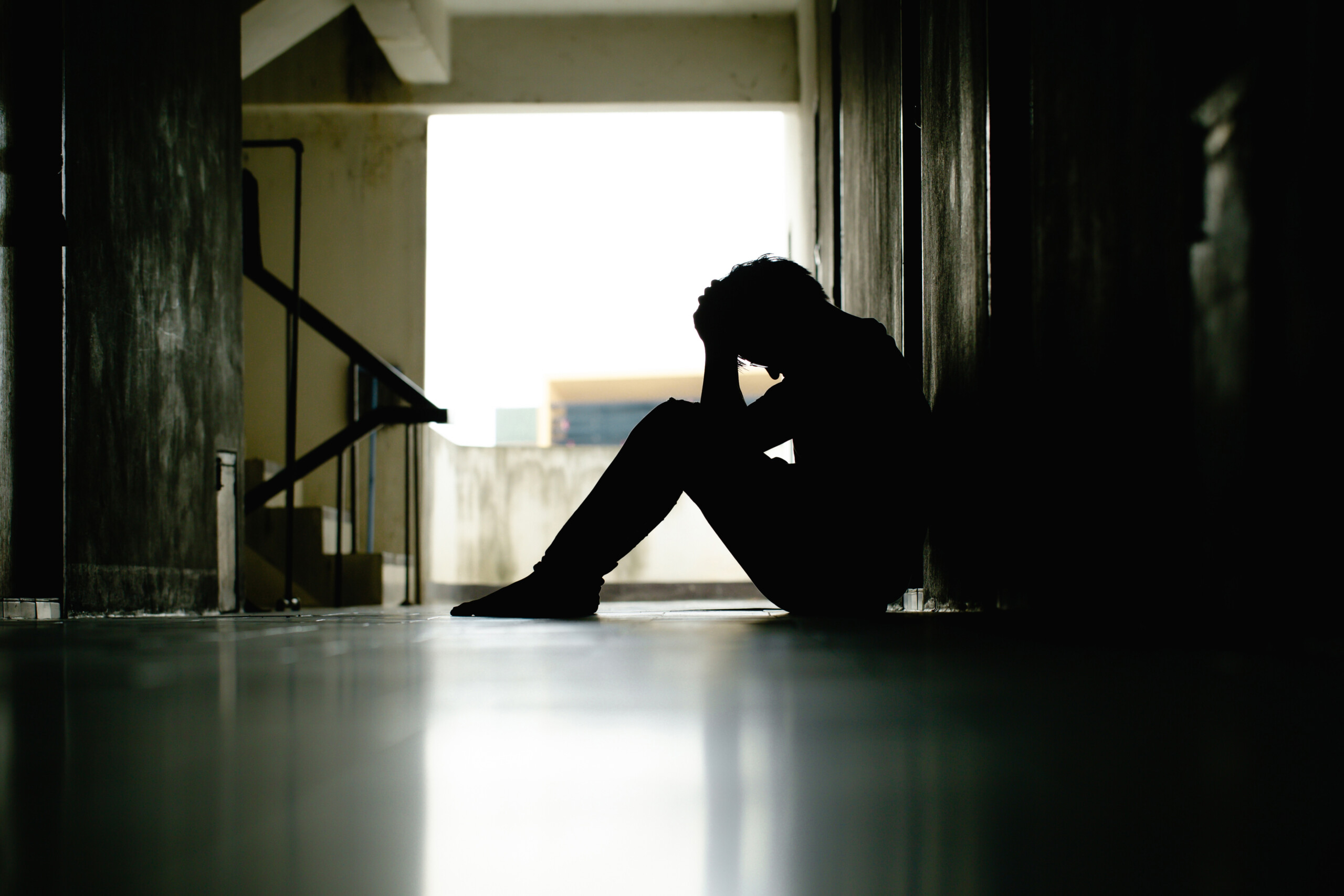More children and teens are visiting emergency rooms for mental health crises, according to a study recently published in the journal Pediatrics. Some psychologists in Florida say they have been seeing a similar trend.
The study used data from hospitals in Illinois and found a 59% increase in the number of kids ages 5 to 19 reporting to ERs with suicidal thoughts between 2016 and 2021. Visits that led to hospital stays also increased.
The study found ER visits first spiked in 2019 and then again after the coronavirus pandemic began, drawing attention to mental health concerns. Hospitals in Florida and around the national have noted an increase in young patients with suicidal ideation in recent years.
At Johns Hopkins All Children’s Hospital in St. Petersburg, the number of kids coming to the ER with suicidal thoughts doubled from 2019 to 2021, according to Jennifer Katzenstein, co-director of the hospital’s Center for Behavioral Health.
The pandemic disrupted many children’s social lives and educations, along with their families’ financial well-being. There were increased reports of abuse and neglect, Katzenstein added, while fear of catching the virus and grief over loved ones dying could also have fueled anxiety and depression.
But the numbers haven’t gone down at All Children’s, long after schools and businesses reopened in Florida and COVID-19 vaccines became widely available.
The local data, along with the Pediatrics study’s findings, suggest other factors are also affecting the mental health of young people.
“There’s so many stressors,” said Katzenstein. “I think that our kids obviously have access to more information than they’ve ever had before via social media, via news outlets. There’s self-comparison to their friends posting online, feeling like you’re insignificant or not living the lives compared to others, and then the cyberbullying that continues to happen.”
Ways to get help
Financial barriers, stigma and COVID concerns also could be influencing people’s decisions to delay seeking mental health care, which Katzenstein says is how some problems develop into crises that require hospital treatment.
“It’s so important for families to be recognizing these things early, especially in relation to anxiety and depression,” Katzenstein said.
“Seeing if there’s a change in mood, a change in previously enjoyed behaviors. Are they [children] taking less interest in their own self-care? Are there changes in their friendships?”
If families notice any of these signs or have concerns, Katzenstein says they should contact their primary care provider and insurance company, if they have one, along with community support groups to explore what behavioral health options are available for their child.
The 988 Suicide and Crisis Lifeline is also available as a free 24/7 service for anyone experiencing a mental health emergency. More resources are available on the lifeline website.
9(MDEwNzczMDA2MDEzNTg3ODA1MTAzZjYxNg004))







